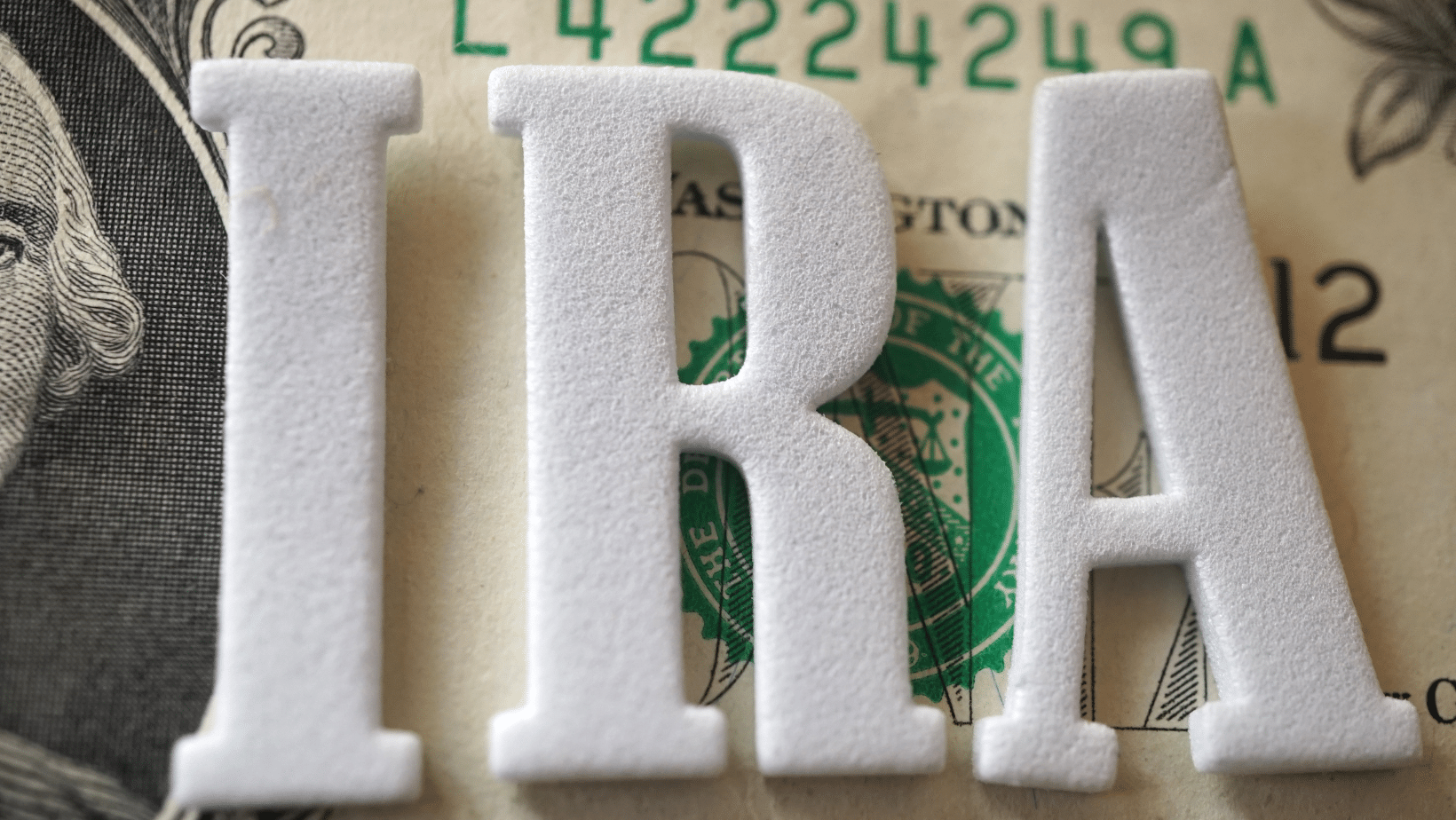Bullet Journaling Your Way Toward A Budget

Many of us have tried to create a budget and stick to it at least once. Some people choose apps on their phone or spreadsheets on the computer to help them complete this task. But, for those who prefer a more creative approach, a better option might be bullet journaling. Bullet journaling is an organized system that helps people kickstart their to-do lists, stay on track with goals and switch up their approach to keeping their personal finances in order.
How Does Bullet Journaling Work?
Bullet journals can look like basic line writing, or you can add color and design elements to make it fun and attractive. Regardless of what you want to create, it’s most important to make your journal exciting enough to stick with. Your bullet journal should be customized to your liking in order to help you meet your goals.
How Can Bullet Journaling Help You Reach Your Goals?
Bullet journals are an all-in-one way to keep track of your expenses and reach your goals. It allows you to keep a record of:
- Your financial goals
- Your spending habits
- Miscellaneous observations you have made about your money habits
Being able to actually see everything in writing and holding yourself accountable makes it much easier to keep track of how much you’re spending, what types of items you’re buying and how other factors (like your mood) could be affecting your money habits.
How to Use Bullet Journaling For Finances
While bullet journaling can be used for anything from tracking sleep patterns to weight loss, dream journaling or tackling your daily to-do list, there are a few ways you can use a bullet journal to develop a better budget.
Plan for Upcoming Purchases or Trips
If you’ve been wanting to make a big purchase or splurge on an upcoming event, use your journal to keep track of how much you need to save. If you are planning for a vacation, find out the cost of flights, hotels, food, etc. and start putting aside money for that. If you are looking to purchase a new car, you can keep track of what your monthly payments would look like based on what the loan costs might be. Drawing a visual representation of what you’re saving for can help make your goals feel more tangible. As you set money aside, you might want to include something in your journal that you can color to visually show how much you have saved.
Track your Monthly Expenses
According to a recent survey, only 14 percent of respondents used cash to pay for everyday purchases.1 Using credit or debit cards for most of your purchases can add an extra challenge when it comes to budgeting since it is an easy way to lose track of how much is being spent.
If you still prefer to avoid cash for your purchases, use your bullet journal to track your credit/debit expenses at the end of each week or month. You should create a list of how much money was spent and what it was spent on. You can also get creative and draw graphs symbolizing certain categories (food, gas, eating out, entertainment, etc.). Having a visual tool to compare what you’re spending and what you’re saving can be an eye-opening way to reassess your budget.
Pair it With Your Favorite Financial App
If you’re interested in using a budget tracking app, you can always pair your bullet journal with an app like Mint or YNAB. Apps can be more useful in immediately alerting you to overspending and help you budget in real-time. While journaling is still great for reflecting on your spending, an app can help keep you more accountable upfront.
Bullet journaling is a simple way to get your finances in order and it can make staying on track much easier. It provides a way for you to outline what needs to be done in order to accomplish your goals and allows you to constantly remain mindful of your expenses. If you need any assistance in starting your own budget journal or have any questions relating to your future financial goals, please feel free to contact us – we are here to help!
